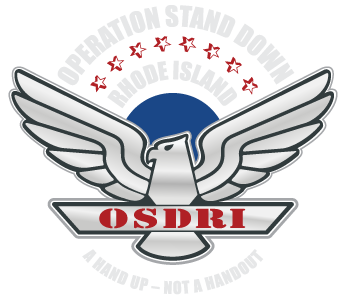Social Security
Disability Evaluation Process
The Social Security Administration (SSA) engages in a 5-Step sequential evaluation process to determine if a person is totally, permanently disabled and is entitled to some type of disability benefit. The steps are:
- Has the claimant been working?
- Does the claimant have a severe, medically determinable impairment?
- Does the claimant meet or equal a listed impairment?
- Is the claimant capable of performing their past relevant work?
- If the claimant has no past relevant work, or is incapable of performing their past relevant work, are they capable of doing other work available in the national economy?
1. Has the claimant been working?
Question One goes to eligibility. If the claimant is working, SSA will want to know if they are achieving Substantial Gainful Activity (SGA). If they are not, they will move on to Step 2. SGA for the FY 2021 is $2,190 per month for blind individuals and $1,310 per month for non-blind individuals. For more information about SGA for previous years, please visit SSA’s Substantial Gainful Activity page here.
2. Does the claimant have a severe, medically determinable impairment?
Question Two considers whether the person has a severe impairment, or combination of impairments, that significantly limits the individual’s physical and mental ability and, as a result, interferes with the individual’s ability to perform basic work activities. The impairment must have more than a minimal impact on the ability to sustain employment, otherwise it is not severe.
3. Does the claimant meet or equal a listed impairment?
Question Three considers whether the person’s impairment meets one of those listed in 20 C.F.R. Part 404, Subpart P, Appendix 1. The Code of Federal Regulations contains a list of impairments considered severe enough to prevent an individual from doing any gainful activity. The listings contain impairments physical and mental, and cover each major body part, organ, or function. If the person has a listed impairment and meets the severity level outlined in the Code of Federal Regulation, they will be approved for disability benefits.
4. Is the claimant capable of performing their past relevant work?
Question Four considers whether the person could return to a job they have done in the past. They make this determination by comparing the individual’s current Residual Function Capacity (RFC) and Mental Residual Function Capacity (MRFC) with the RFC and MRFC required for the job they once performed. The RFC and MRFC required for individual jobs is based on the Dictionary of Occupation Titles (DOT), which lists the physical exertional level and mental capacity needed for thousands of different jobs available in the country. When comparing to jobs the claimant has done in the past, SSA looks at the person’s previous 15 years of work history.
5. If the claimant has no past relevant work, or is incapable of performing their past relevant work, are they capable of doing other work available in the national economy?
Question Five is a catch-all. If the Social Security Disability Examiner assigned to an individual case reaches Step 5, their job is to determine whether the individual can do any job listed in the DOT to the level of substantial gainful activity. If there is a job in the national economy that the individual can perform to the level of SGA, they will be denied disability benefits. If there are no jobs in the national economy that the individual can perform to the level of SGA, they will be approved and begin receiving disability benefits.
OSDRI Social Security Benefits & Services
















